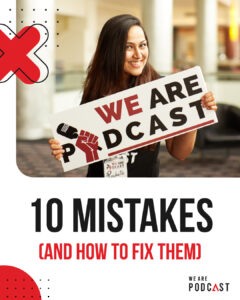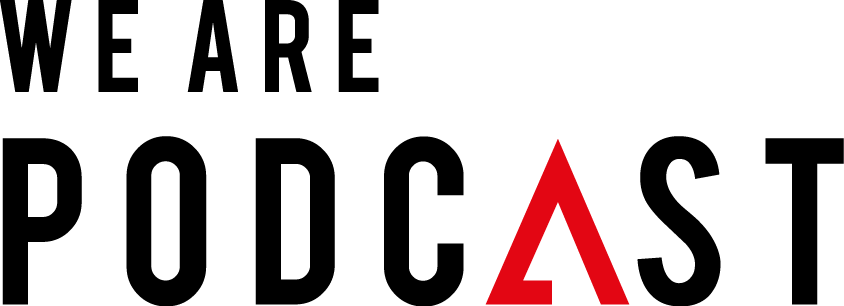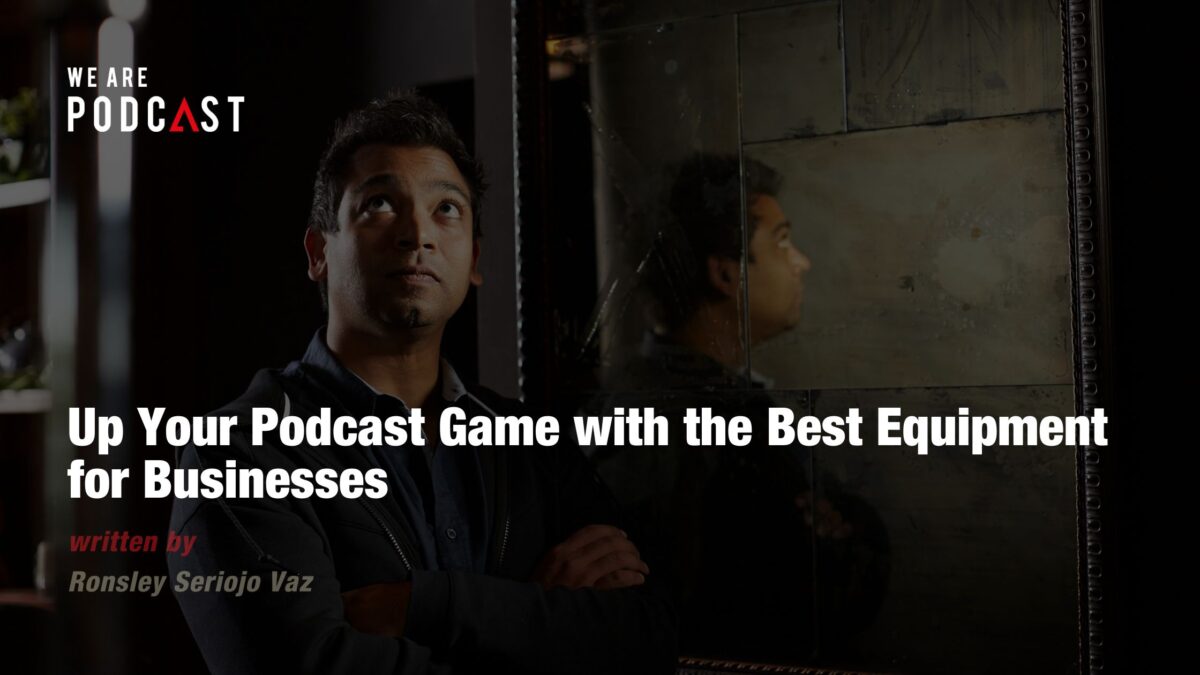Podcasts are a powerful tool for businesses to connect with their audience and share their message. But, in order to create a successful podcast, you need to have the right equipment. From microphones to digital audio workstations, the choices can be overwhelming. That’s why we’re here to help! In this article, we will highlight the common mistakes that first-time podcasters make when selecting their equipment and provide you with the best tools for professional-quality audio. Whether you’re just starting out or looking to upgrade your existing setup, we’ve got you covered. From investing in a good microphone to using a pop filter, we’ll guide you through the process of selecting the best equipment for your business podcast. Don’t let your equipment hold you back from creating a successful podcast. Read on to learn more!
Lets start with a list of the must-have podcast equipment for businesses
- Microphone
The first item on your list should be a good microphone. This is the most important piece of equipment for capturing high-quality audio. There are several types of microphones to choose from, including dynamic, condenser, and USB microphones.
Dynamic microphones are best for podcasting because they reject background noise and are less sensitive to plosives (the popping sound you get when you say words like “p” or “b”). They are also generally more affordable and durable. Condenser microphones are better suited for recording music or other audio in a controlled environment. They are more sensitive, which can lead to better sound quality, but they can also pick up more background noise.
If you’re just starting out, a USB microphone is a great option. These microphones are simple to set up and use and can produce great sound quality. However, if you’re looking for more advanced features and greater control over your sound, you may want to consider a traditional microphone and audio interface setup. This is a key ingredient when we focus on the podcast equipment for businesses.
- Audio Interface
If you’re using an XLR microphone, you’ll need an audio interface to connect it to your computer. This device acts as the middle man between your microphone and your computer, and helps you to achieve better sound quality. Audio interfaces typically have preamps, which can boost the signal from your microphone, as well as headphone jacks and volume controls. This makes it easier to monitor your audio and adjust levels during recording.
- Headphones
Investing in a good pair of headphones is essential for monitoring your audio during recording. This will help you to catch any mistakes or issues with the audio before you publish your podcast. It’s important to choose headphones that are comfortable to wear for extended periods of time, as you may be wearing them for hours at a time. Additionally, you want headphones that provide clear, accurate audio. Closed-back headphones are best for podcasting, as they reduce background noise and provide a better sense of isolation.
- Pop Filter
A pop filter is a must-have accessory if you want to produce high-quality audio. It helps to reduce the “p” and “b” sounds that can be distracting to listeners. Pop filters work by blocking air from hitting the microphone directly and creating a barrier between the microphone and your mouth. This results in a more controlled, consistent sound that is easier for listeners to understand.
- Tripod Stand
A tripod stand will help you to position your microphone at the right height and angle. This will help you to reduce unwanted background noise and produce more consistent audio. A stand also helps to reduce fatigue, as you don’t have to hold the microphone for long periods of time. When choosing a stand, look for one that is adjustable and has a sturdy base to reduce vibrations.
- Shock Mount
A shock mount is another accessory that can help you to reduce unwanted noise and vibrations. This is especially important if you’re recording in a noisy environment. Shock mounts work by suspending the microphone in a rubber-like material that absorbs any vibrations, reducing the amount of noise that is picked up by the microphone.
 Avoid these when it comes to your podcast equipment for businesses…
Avoid these when it comes to your podcast equipment for businesses…
Mistake #1: Not Investing in a Good Microphone
A high-quality microphone is essential for producing professional-quality audio. A cheap, low-quality microphone will result in audio that sounds muffled and indistinct, making it difficult for listeners to understand what is being said. When selecting a microphone, look for one that is specifically designed for podcasting. The Shure SM7B, Rode Procaster, and Heil PR40 are all excellent options that are widely used by professional podcasters.
Mistake #2: Ignoring the Importance of Acoustic Treatment
In order to produce the best possible audio, you need to record in a room with proper acoustic treatment. Echoes, reverb, and other unwanted noises can ruin an otherwise great recording. Investing in acoustic panels or foam tiles can help absorb sound and reduce the amount of echo in your recording space. This will result in cleaner, clearer audio that your listeners will appreciate.
Mistake #3: Not Having a Good Digital Audio Workstation (DAW)
A good Digital Audio Workstation (DAW) is essential for editing, mixing, and mastering your podcast audio. With so many options available, it can be difficult to know which one to choose. Some popular options include Adobe Audition, GarageBand (for Mac users), and Audacity (which is free). When selecting a DAW, look for one that is user-friendly and has all the features you need to produce professional-quality audio.
Mistake #4: Not Using a Pop Filter
A pop filter is a simple, inexpensive device that helps prevent the “popping” sound that can occur when pronouncing certain sounds (such as “p” and “b”). By using a pop filter, you can improve the clarity and quality of your audio, making it more enjoyable for your listeners.
PS – Click here to hear my podcast episode on mistakes podcasters make on Spotify.
In conclusion, investing in the right equipment is an important step in taking your podcast to the next level. By avoiding these common mistakes, you’ll be well on your way to producing professional-quality audio that your listeners will love. So, go ahead and boost your podcast production with the top-rated equipment for businesses. The investment will be well worth it in the long run!
I’ve compiled a list of the top 10 mistakes (and how to avoid them) you can get your copy here.

